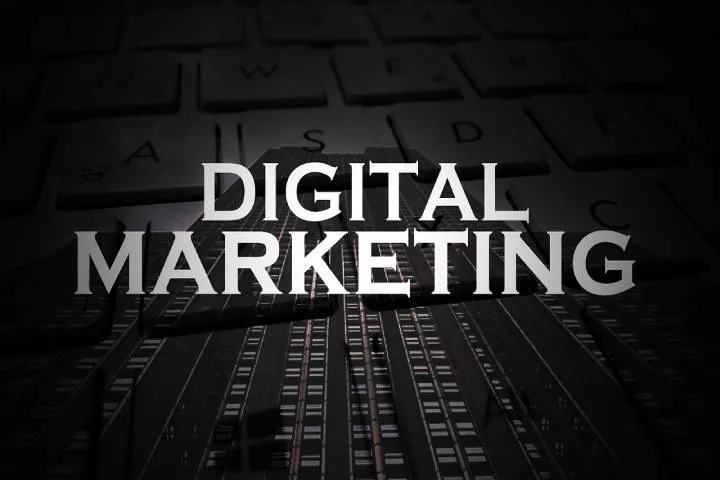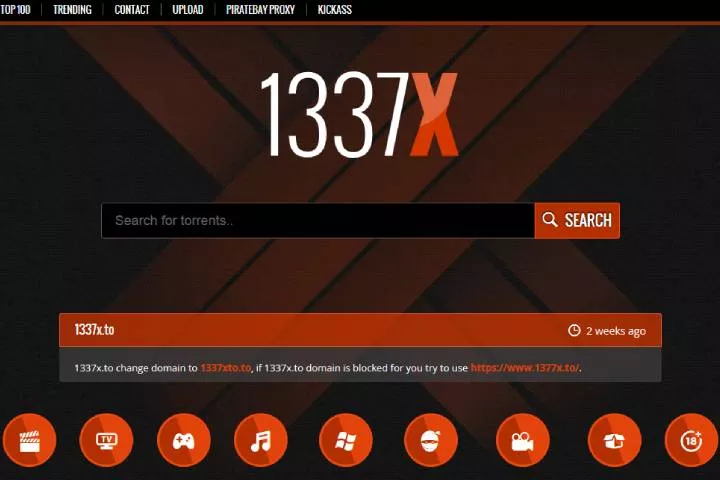Computer Network
The ‘Outrageous’ Cost Of Cable And Satellite TV
The ‘Outrageous’ Cost Of Cable And Satellite TV, Cable and satellite TV are pretty different & naturally restricted to rural areas mostly.

This question will be subjective, and a one-word reply can be misleading for many. However, in simple words, the answer to this question would be that it depends on the provider you are subscribed to and what they offer to their customers. At times, expensive service(s) means that they are offering something exclusive to their users, premium services, on-demand features, and anything of that sort.
1. Cost Of Cable And Satellite TV
Cable and satellite TV are pretty different; cable TV is much more popular than the latter. A significant chunk of the population picks Cable TV, and Satellite TV is naturally restricted to rural areas mostly. Now let us look deeper into cable TV – withSpectrum channel lineup, you can watch 200 plus local sports & music channels for just $94.99 monthly.

It depends on what you choose, and you can even demand your favorite movies and TV shows as well. Furthermore, some companies such as AT&T and Comcast also have great features at low prices, but it all reaches down to what is serviceable in your area and what packages are offered there.
It depends on your affordability, too; for instance, if someone can afford it – they will be happily paying $250 per month and get themselves subscribed to the most expensive package the provider has to offer. If someone cannot afford much, they will use boxes with low dues. Thus, it largely depends on the user’s affordability.
It is fundamentally an equation between what companies offer at what price and what customers are willing to pay.
Moreover, if the market somehow had alternatives to cable and satellite TV that are less expensive than both, then to survive, cable and satellite TV had to change their services and packages to keep the customers retained.
The market first had streaming services such as Netflix, Hulu, Roku, and Apple TV. Then there came apps that could connect users’ Wi-Fi to DirecTV, and other providers are actively working on this. At the same time, Xfinity and Spectrum have launched their apps for their customer.
However, internet TV remained popular among urban populations, where fiber optic internet is available. They still have only one option in rural areas: satellite TV, as no cable company is willing to invest in locations with a tiny population.
2. Streaming Services Offer
The popular alternative option for cable services and cord-cutters is streaming services. Now let us see and briefly compare what streaming services have to offer, at what prices:
• Netflix – $13.99
• Hulu + Disney + ESPN – $12.99 ( it doesn’t have live TV and has ads)
• Amazon Prime – almost the same as above (however, it includes some prime offerings)
• CBS – $5.99 (has ads) – this package includes: CBSN, CBS Sports, and E! (Also, this lets its users keep the news running in the background)
• HBO – around $55.0
Similarly, with these services comes many free apps like YouTube, Ted TV, PBS, BBC (not entirely free), NBC (again, not completely free), and CNN (not quite free), and many more – although you can compromise a bit on quality and focus on quantity.
The latest generation, i.e., Generation Z, is emerging to be the first generation that believes in cord-less entertainment, which means they do not have any plans on getting cable services shortly. At the same time, millennials and Generation X and Y are the cord-cutters that gradually shifted and still are switching to streaming services.
One of the primary factors behind the intensifying popularity of streaming services today is the convenience of managing at your own pace, wherever you are and as many times as you wish – as long as you have a stable internet connection – which almost everyone has due to 3G and 4G and access to Wi-Fi connections.
Final Word
We have discussed why Cable and Satellite TV can be outrageous in the article, as mentioned earlier. The prices fluctuate based on demand and supply, too, and cable services are not fully functional in all the states. However, satellite TV is available at most places where the rest of the services may not be serviceable.
Irrespective of all the trends and constantly changing consumer habits, some people will not leave cable TV services for the sake of traditions and their love for sports.
Cloud Computing
Leveraging Cloud Technology for Better Data Protection
This is where cloud technology swoops in like a knight in shining armor, offering innovative ways to safeguard our precious data.

We’re quickly discovering that data is the new gold. But as valuable as it is, it’s equally vulnerable to a myriad of threats lurking throughout the internet. This is where cloud technology swoops in like a knight in shining armor, offering innovative ways to safeguard our precious data. Let’s embark on a journey to explore how leveraging cloud technology can shield your data more effectively than ever before.
Table of Contents
1. Advanced Threat Detection Systems
Cloud platforms employ sophisticated threat detection systems that monitor suspicious activities in real-time. These systems use advanced algorithms and artificial intelligence to identify and mitigate threats before they can cause harm. It’s akin to having a digital watchdog that’s always on the lookout for danger.
In an ever-evolving digital landscape, ensuring the protection and quick recovery of vital data is paramount. Technology partnerships have furnished the market with effective solutions for this purpose. One notable collaboration focuses on providing managed service providers with essential tools and services to safeguard their operations. By exploring specific solutions such as Datto, businesses have the opportunity to enhance their data protection strategies on flexible terms, further strengthening their defense against data loss.
2. Understanding the Cloud’s Security Blanket
At its core, cloud computing utilizes a network of remote servers hosted on the internet to store, manage, and process data, rather than a local server or personal computer. But it’s not just about storage efficiency; it’s about security. The cloud’s architecture inherently includes multiple layers of security protocols and complex algorithms designed to protect data.
3. The Encryption Advantage
One of the standout features of cloud technology is encryption. This is the process of converting information into a code to prevent unauthorized access. Think of it as translating your data into a secret language that only those with the ‘key’ can understand. This significantly adds a layer of security to your data, both at rest and in transit.
4. Global Compliance Standards
Adhering to global data protection regulations can be a herculean task. Cloud service providers, however, make this easier by ensuring their platforms comply with rigorous international standards. This not only aids in protecting your data but also keeps you on the right side of the law.

5. Empowering Businesses to Take Control
Beyond these built-in security features, cloud technology also empowers businesses and individuals to implement additional security measures. With tools for access management, you can control who has access to your data and to what extent, further minimizing the risk of breaches.
6. Continuous Security Updates
The digital threat landscape is constantly evolving, with new vulnerabilities discovered almost daily. Cloud service providers invest heavily in security research and continuously update their systems to guard against the latest threats. This means that your data is protected by the most current security measures without you having to lift a finger.
7. Scalability As a Protective Measure
As businesses grow, so do their data protection needs. Cloud technology scales seamlessly to meet these changing demands without compromising security. Whether it’s expanding storage, scaling security measures, or integrating new services, the cloud adapts to protect your data through every phase of growth.
8. The Eco-friendly Aspect of Cloud Security
Beyond its technical benefits, cloud computing also offers an eco-friendly approach to digital security. Energy-efficient data centers and reduced hardware needs not only make cloud technology a sustainable choice but also contribute to a company’s green credentials, aligning data protection efforts with environmental sustainability.
9. Data Redundancy: The Unsung Hero
Data redundancy is another critical aspect of cloud technology, where your data is replicated in multiple secure locations. This means that even in the event of a data center disaster, your data remains safe and can be quickly restored. It’s the ultimate backup plan, ensuring that your data’s safety is never compromised.
10. Personalized Security Strategies
The adaptability of cloud services allows for customized security strategies tailored to specific business needs and threats. This means businesses are not just depending on generic protections but can fortify their data according to its unique vulnerabilities and value.
Conclusion
As we’ve voyaged through the realm of cloud technology, it’s clear that its impact on data protection is profound. With its multi-layered security measures, continuous updates, and advanced detection systems, the cloud offers a robust shield against the ever-growing threats to data security. By harnessing the power of the cloud, we can look towards a future where our digital treasures are guarded more effectively than ever before. So, let the cloud be your fortress in this digital age, protecting your data with vigilance and prowess.

 Instagram3 years ago
Instagram3 years agoBuy IG likes and buy organic Instagram followers: where to buy them and how?

 Instagram3 years ago
Instagram3 years ago100% Genuine Instagram Followers & Likes with Guaranteed Tool

 Business4 years ago
Business4 years ago7 Must Have Digital Marketing Tools For Your Small Businesses

 Instagram3 years ago
Instagram3 years agoInstagram Followers And Likes – Online Social Media Platform





















